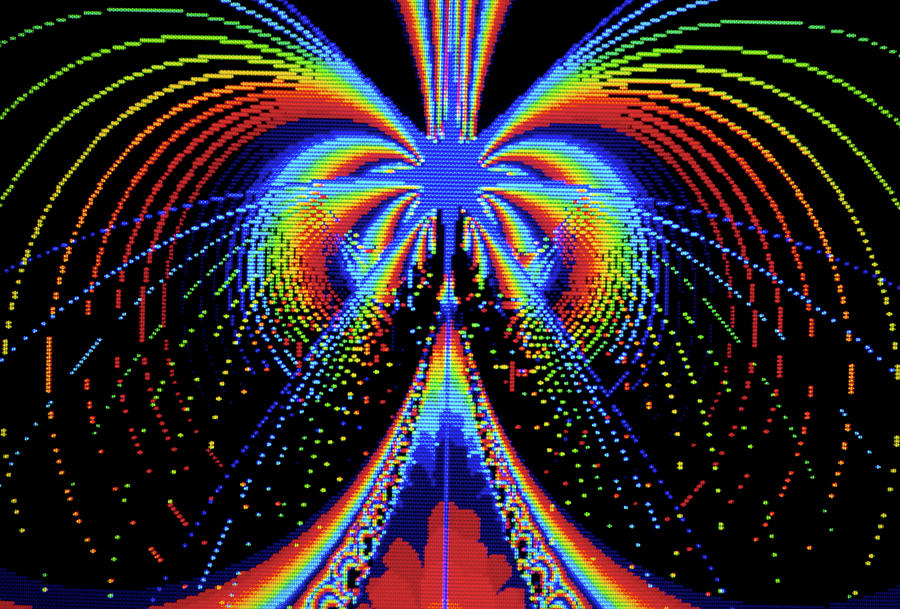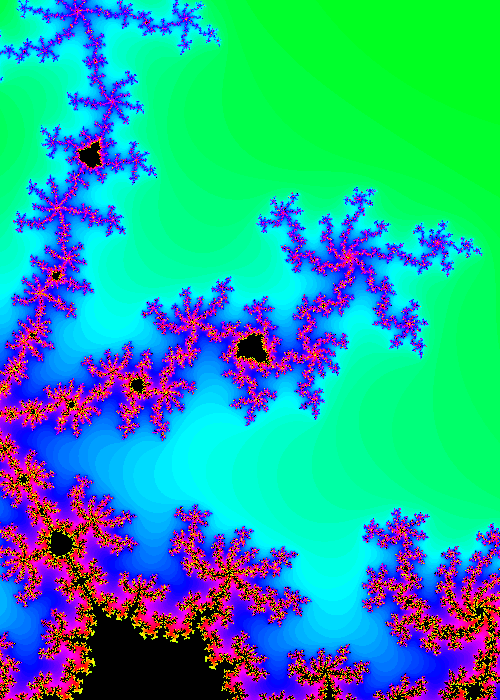
The above process seems intuitive for all objects.

Fractal dimensions Intuitively, a fractal is a very rough or winded object – so rough that its surface “breaks out” of its dimension. This includes surfaces of clouds, mountains and other landscape entities, surfaces of plant structures and various other phenomena. Commonly, fractals are mathematical objects, but many natural objects that demonstrate self-similarity on power-law scales are also considered fractals. The copies do not need to be exact, but the same kind of structures must appear on all scales. Self-similarity means that an object consists of smaller copies if itself, which in turn, consist of smaller copies, and so on. Fractals (VLab: Virtual Complexity Lab)įractals are, roughly speaking, objects that exhibit self-similarity on all scales. In 1961, Benoit Mandelbrot was working as a research scientist at the Thomas J.īenoit Mandelbrot: Fractals and the art of roughness. This classical, or Euclidean, geometry is perfectly suited for the world that humans have created. Its principles are taught to young students across the world.

Benoit Mandelbrot - Hunting the Hidden Dimension Nova (2008)Īrthur C Clarke - Fractals - The Colors Of Infinity. Differences in size are not seen as something fundamental.įractal and Transfractal Scale-Free Networks. Ordinary geometry – like ordinary logic or ordinary science – does not take account of scale. So it is no surprise that fractals should turn out to model an organic world which is based on a logic of growth and hierarchical scale. What is a fractal?Īnd why does it matter? A fractal shape is geometry with scale – a middle ground or internal axis of scale symmetry. Logic - the fractal or scale-free middle of a hierarchy. What is particularly interesting, however, about a golden rectangle is that if you draw a square inside it, as above, the remaining section (in blue) is a smaller golden rectangle. He’s also an artist and his intellectual quest began with a shape that famously belongs to both science and art: the golden rectangle: A golden rectangle is a rectangle whose sides are proportioned according to the golden ratio, which is 1.618. Harriss teaches maths at the University of Arkansas. Mathematicians like to come up with new stuff.Ī theorem, perhaps, a lemma or even just a corollary. The golden ratio has spawned a beautiful new curve: the Harriss spiral. They twist and stretch mathematical objects, translate them into new mathematical languages, and apply them to new problems. Rather than studying organisms, they study equations and shapes using their own techniques. Mathematicians are not so different from naturalists.

If you came across an animal in the wild and wanted to learn more about it, there are a few things you might do: You might watch what it eats, poke it to see how it reacts, and even dissect it if you got the chance. 3-D Fractals Offer Clues to Complex Systems.


 0 kommentar(er)
0 kommentar(er)
